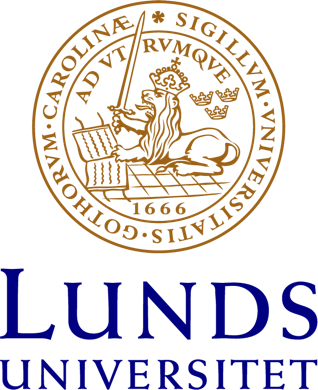Ligand-free method to grow vertically aligned free-standing nanowires
By webmaster [at] nano [dot] lu [dot] se (Evelina Lindén) - published 14 January 2025 Synchrotron radiation researcher Ziyun Huang shows how to grow free-standing perovskite nanowires in a ligand-free way. The yield is dramatically improved using a controlled nitrogen flow, and in situ microscopy is used to visualize the growth dynamics. Synchrotron radiation researcher Ziyun Huang shows how to gr
https://www.nano.lu.se/article/ligand-free-method-grow-vertically-aligned-free-standing-nanowires - 2025-04-17
